Freedom is an important necessity for children with special needs to enable them to live active and fulfilling lives. Mobility- the ability to independently move from place to place plays a big role in that freedom.
Wheelchairs and adaptive tricycles are two of the most common mobility aids for children with special needs. Both are quite okay, and they each serve a unique purpose. However, if your goal is to grant a kid the utmost freedom: the ability to move, explore, and participate more fully in life (within reason), adaptive tricycles may be the best choice.
For the specific purpose of mobility and freedom, adaptive tricycles offer certain unique advantages that wheelchairs do not, and may be a better choice for kids with special needs.
How Much Freedom Does a Wheelchair Offer?
A wheelchair is essential to any kid with special needs who requires full-time mobility support. This means if your child has serious balance and mobility issues, to the point where they can barely sit or move, a wheelchair is ideal.
With a wheelchair, you get:
- Reliable transportation around the home, school, and public places
- Comfortable seating with posture support
- Safety for children who cannot walk or balance on their own
Some children use powered wheelchairs, which give them more control over where they go. In the right setting, these can be life-changing.
Limitations of Wheelchairs (For Mobility)
Wheelchairs are great for providing support and helping with balance, but as far as enhancing or easing mobility goes, a wheelchair is limited in several ways:
- There is less physical activity. Wheelchairs don't encourage leg movement or cardiovascular activity.
- A wheelchair is not the best for posture and strength. Extended use of wheelchairs may contribute to weakened muscles and passive posture.
- Most wheelchairs tend to be unsuitable for outdoor activities: Grass, gravel, and uneven terrain can be hard to navigate with a wheelchair, which in turn limits the child’s mobility
- Using a wheelchair sometimes leads to social separation. Some kids may feel "different" or left out when friends are riding bikes or playing games, and they are constrained to a less mobile, less active wheelchair.
So, are wheelchairs necessary and important? Yes! But do they sometimes limit a child's ability to be physically active and socially included? Yes, unfortunately.
What an Adaptive Tricycle Can Do
Adaptive tricycles are specially designed bikes that help children with physical or developmental challenges ride safely. They come in many forms, but each adaptive tricycle has specific features made to encourage mobility, which can be beneficial for kids with special needs.
- Adjustable seating and trunk support
- Pedals with straps or footplates to keep feet in place
- Handlebar control for caregivers, if needed
- Safety harnesses and wide bases for balance.
How an Adaptive Tricycle Provides More Freedom
The features of an adaptive tricycle make riding accessible even for kids with limited strength or coordination. But beyond the features, here’s what adaptive tricycles do: they give kids a taste of independence.
Here’s how an adaptive tricycle might contribute to a special needs child’s freedom in a way that a wheelchair might not.
- It is better for exercise and strength. Riding an adaptive tricycle helps develop leg muscles, coordination, and cardiovascular fitness.
- An adaptive tricycle is better for confidence and pride. For most kids with special needs, being able to pedal on their own, even with help, gives them a sense of accomplishment.
- It better encourages peer interaction. To a special needs child, a tricycle might look more like what other kids are using. This sometimes makes it easier to join in and be accepted.
- Adaptive tricycles better encourage adventure and exploration. Adaptive trikes handle outdoor terrain better than many wheelchairs.
In short, an adaptive tricycle can turn transportation into playtime — and playtime into therapy.
Why Freedom Matters for Children with Special Needs
Freedom (as in the ability to move around independently) means slightly more for a child with special needs than for a healthy child. To them, it is not just about being able to move, play, and participate: being able to move around freely also means:
- Building confidence and independence
- Strengthening their bodies through movement
- Developing social connections with other kids
- Gaining a sense of control in a world where they often rely on others
A mobility aid that supports these goals isn’t just a tool – it’s a bridge to a better quality of life.
Should You Transition from Wheelchair to Adaptive Tricycle?
If your child uses a wheelchair, should you consider an adaptive tricycle too? In many cases, yes. A tricycle does not necessarily have to replace a wheelchair; you can get it to add another layer of mobility. If your child can safely use a trike — even with assistance — the benefits are worth exploring.
The key is readiness. If your child has enough trunk control, some leg strength, or the ability to use hand pedals, an adaptive trike could offer more freedom, fun, and fitness than a wheelchair alone.
Tips for Choosing an Adaptive Tricycle
Again, there are many types of adaptive tricycles. It is important to choose one with the correct features that match the needs of your child. Here are some tips:
- Get a professional assessment. Talk to a physical therapist or occupational therapist who can recommend the right type and features.
- Look for adjustability. A trike that can grow with your child saves money and improves long-term use.
- Consider safety features. Seat belts, backrests, and stable wheels are essential.
- Think about transport. Can the trike be folded or easily loaded into a vehicle?
- Check funding options. Some insurance plans or nonprofits may help cover the cost
Tips for Transitioning from Wheelchair to Tricycle
- Start small. Begin with short sessions in a familiar area.
- Make it fun. Treat it like play, not therapy or a task.
- Use safe transfer techniques. Support your child's body during the switch.
- Offer encouragement. Celebrate small wins and progress.
- Stay patient. Every child adjusts at their own pace.
Conclusion: Give Your Special Needs Child the Best Shot at Mobility
Wheelchairs are essential for many children with special needs, but they aren't the only solution. Adaptive tricycles offer a different kind of freedom — the freedom to move, play, and grow stronger through activity. They open doors to social inclusion, physical health, and personal pride.
If your child is able and ready, adding an adaptive tricycle to their life could be one of the best decisions you make. It’s not just about getting from point A to B – it’s about helping your child go further in every way that matters.
Sources
- Access Mobility: Mobility Scooters vs. Power Wheelchairs: Pros and Cons
- eSpecial Needs: Adaptive Tricycles
- Bray N, Kolehmainen N, McAnuff J, Tanner L, Tuersley L, Beyer F, Grayston A, Wilson D, Edwards RT, Noyes J, Craig D. Powered mobility interventions for very young children with mobility limitations to aid participation and positive development: the EMPoWER evidence synthesis. Health Technol Assess. 2020 Oct;24(50):1-194. doi: 10.3310/hta24500. PMID: 33078704; PMCID: PMC7681349.

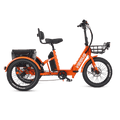


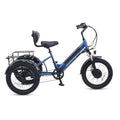

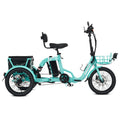

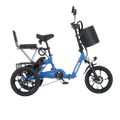








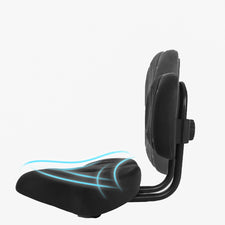





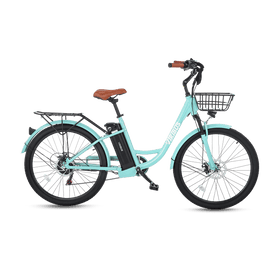
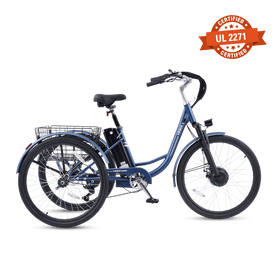
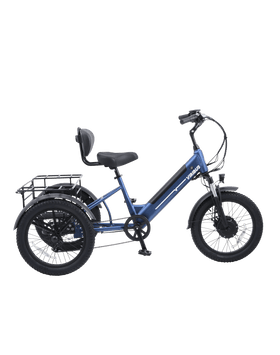



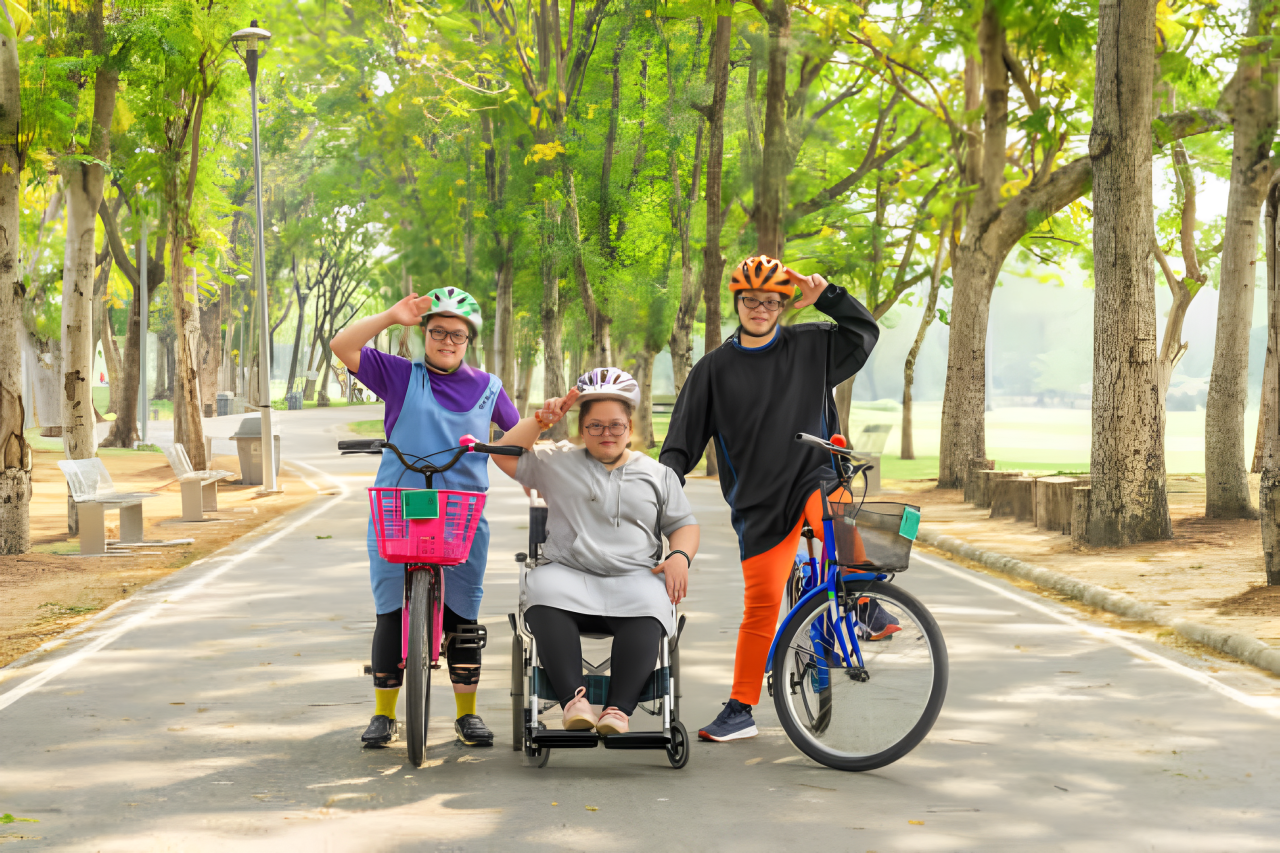

Leave a comment
All comments are moderated before being published.
This site is protected by hCaptcha and the hCaptcha Privacy Policy and Terms of Service apply.